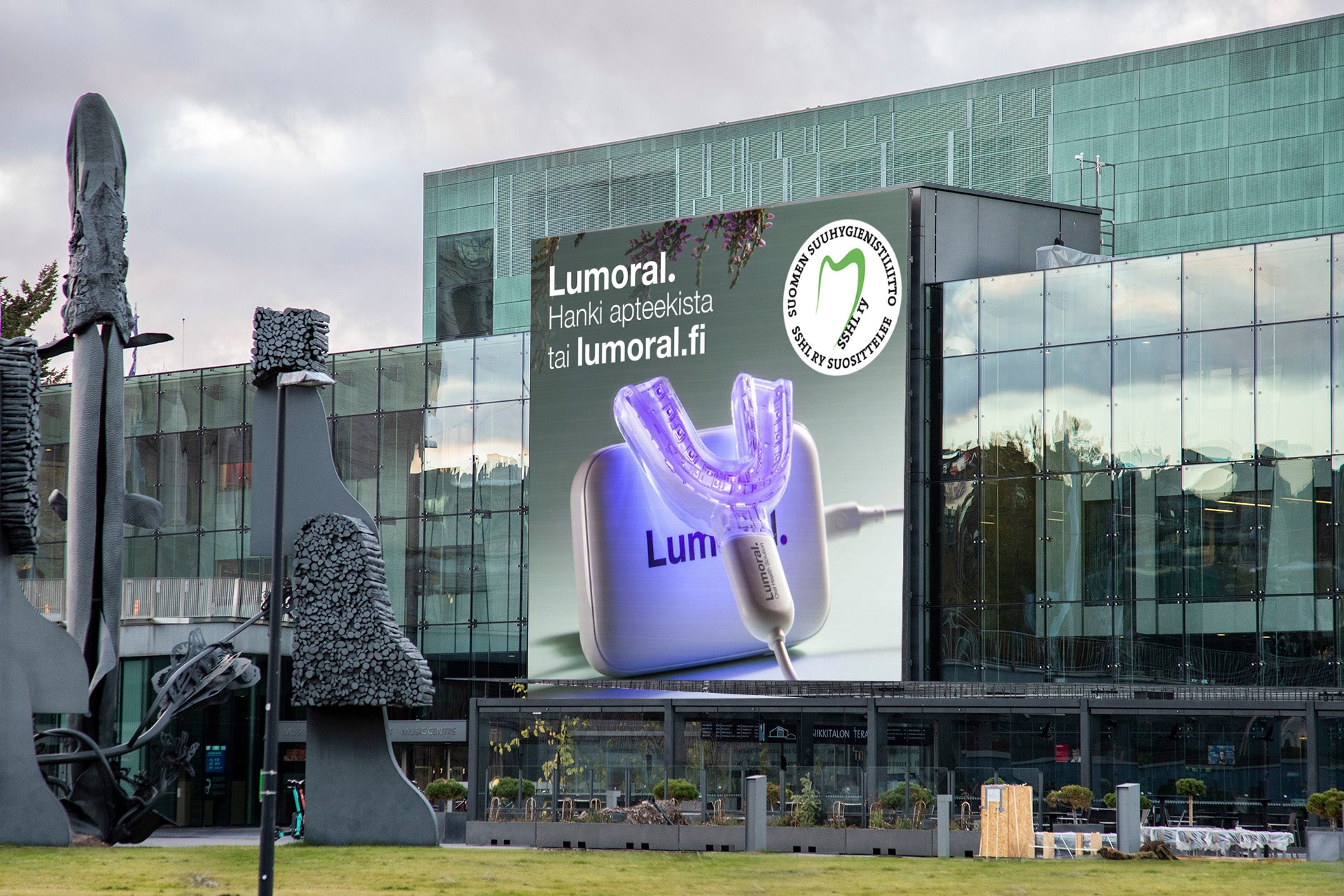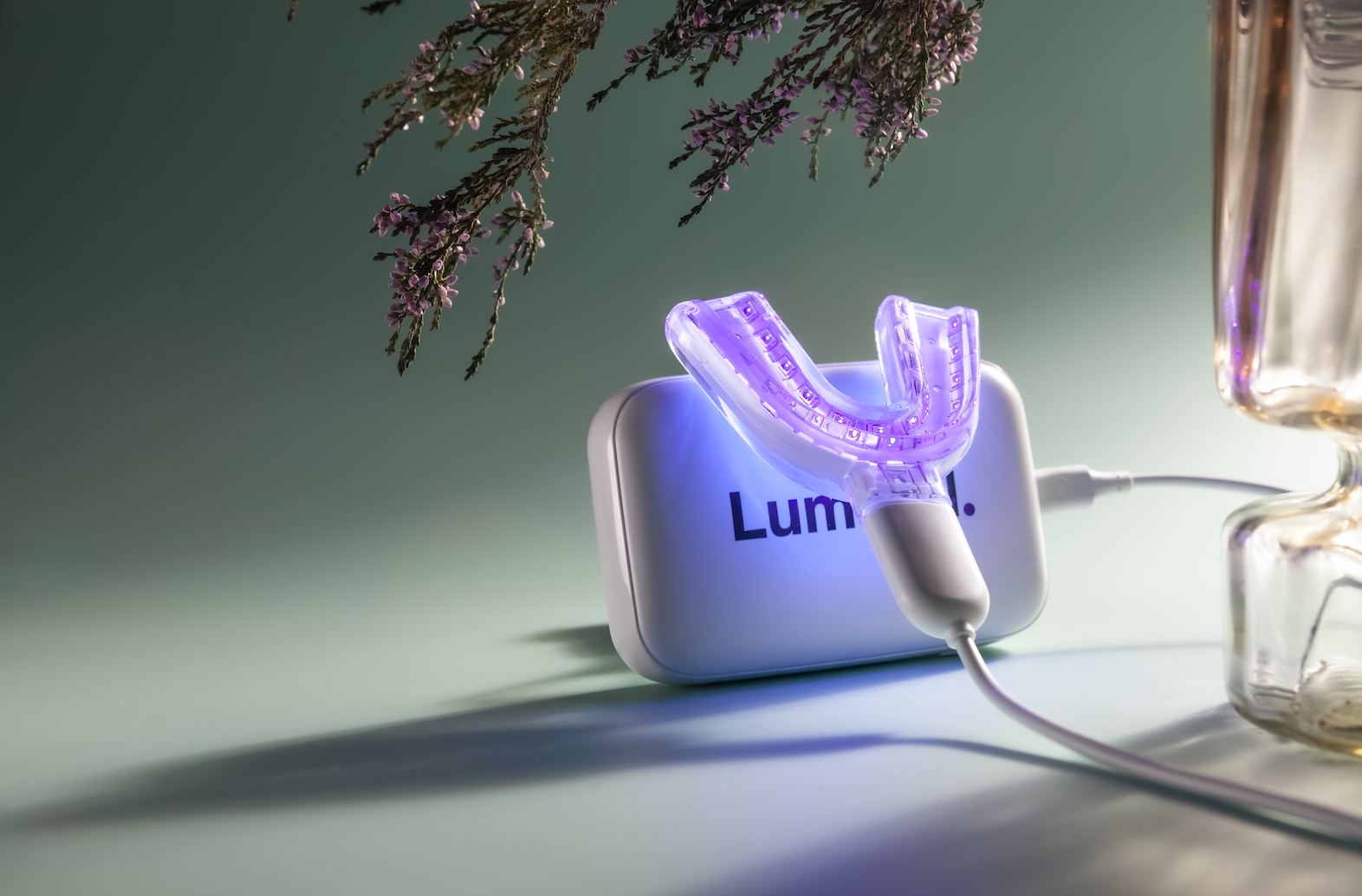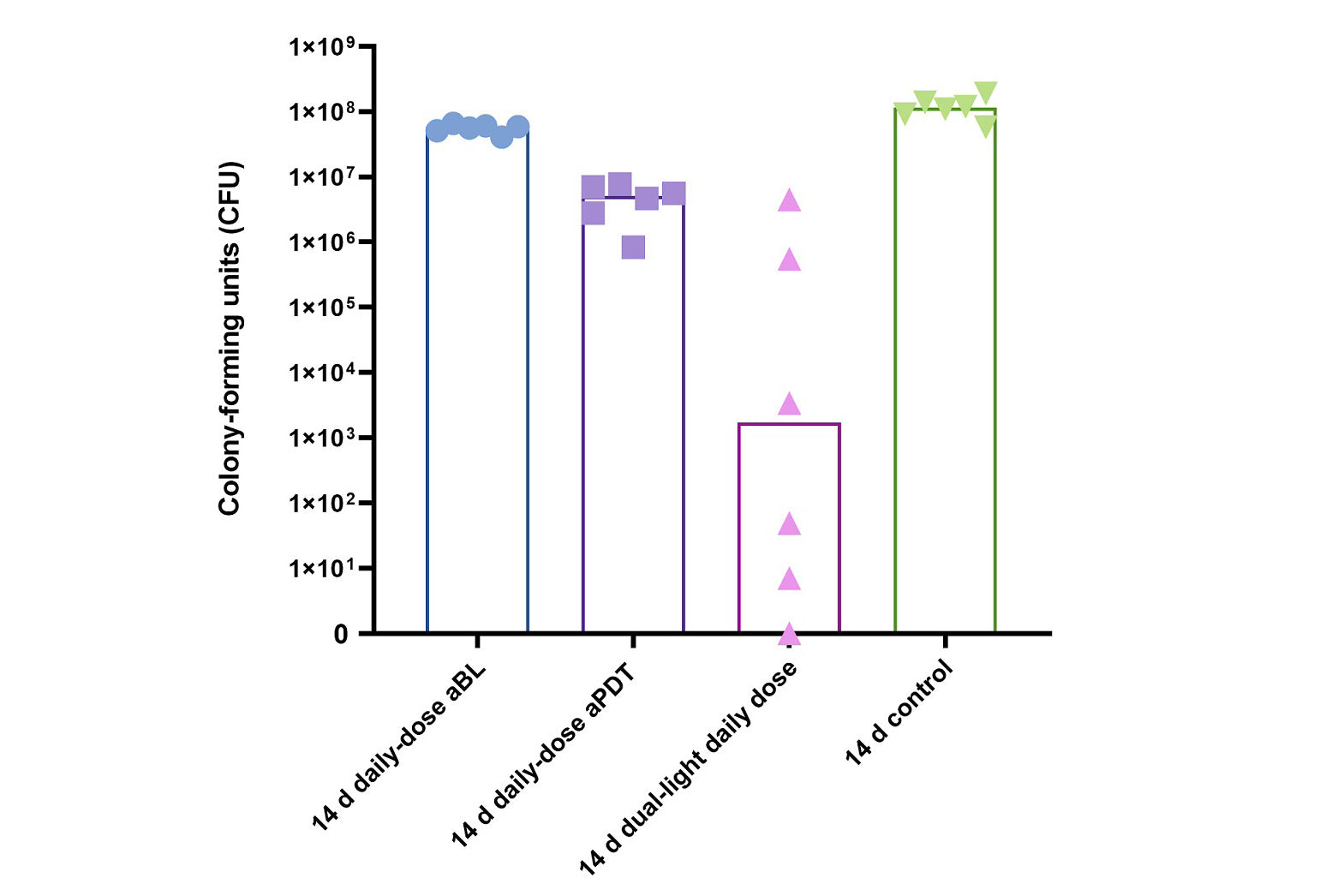- All posts
- 8 Media Venture
- althetics
- aMMP8
- Annimari Korte
- Antibiotic resistance
- Apotek Härtat
- Aqua Dental
- athlete
- Award
- Baltics
- Bonnier
- Bonnier News
- Brain health
- Business
- Cancer
- cardiovascular disease
- caries
- Chemo therapy
- children
- collaboration agreement
- Croatia
- Denmark
- Denta
- Dental erosion
- Dentex
- diabetes
- Dual Light
- Duodecim
- EFP
- EFR
- Estonia
- EuroPerio
- event
- Expodental
- FIBO
- fund raising
- general health
- Gingivitis
- Gum disease
- HAP
- HealthHub Pharma
- HIDES
- Hospital infections
- hospital-acquired pneumonia
- IBD
- Iceland
- IDS COLOGNE
- implantology
- invest
- investment
- italy
- Koite Health
- Latvia
- Lithuania
- lumoral
- Lumoral App
- Lumoral Junior
- Maritime industry
- Media
- MegaGen
- Movie
- News
- Nordic markets
- Nordics
- O
- Olympics
- Oral health
- Oral hygiene
- Oral mucositis
- Patent
- PDT
- peri-implantitis
- Perio Master Clinic
- Periodontitis
- periodontology
- Photodynamic therapy
- Press
- Ranking
- Romania
- Scandinavian Society of Periodontology
- Science
- Seafarer
- Seedtable
- share issue
- Shareissue
- Siblings movie
- Spain
- spots
- Stroke
- Study
- sweden
- Tartar
- techtour
- Thailand
- UK
- United States
- Valentine's Day
- WHO
- World Cancer Day
- World Health Day
- World Heart Day
- world oral health day
- World Smile Day

Severe Dental Problems in Children on the Rise: Finnish Innovation Keeps Tooth Decay at Bay
According to Swedish researchers, up to 20% of children have a particularly virulent strain of Streptococcus mutans (S. mutans) in their mouths, which has a greater-than-usual ability to cause seve...

Finnish health technology company Koite Health Oy has signed a cooperation agreement with Swedish dental chain Aqua Dental Ab. The partnership will enable around twenty Aqua Dental clinics across S...

The breakthrough study shows that eliminating the bacteria contained in dental plaque should be as vital a part of dental hygiene as brushing your teeth and flossing. HELSINKI, Finland (October 1...

Research shows the sustained antibacterial effect of Dual Light PDT on biofilm
Koite Health researchers have studied the efficacy and sustainability of the antibacterial effect of daily administered dual light on Streptococcus mutans biofilm. This was compared to single-wave...